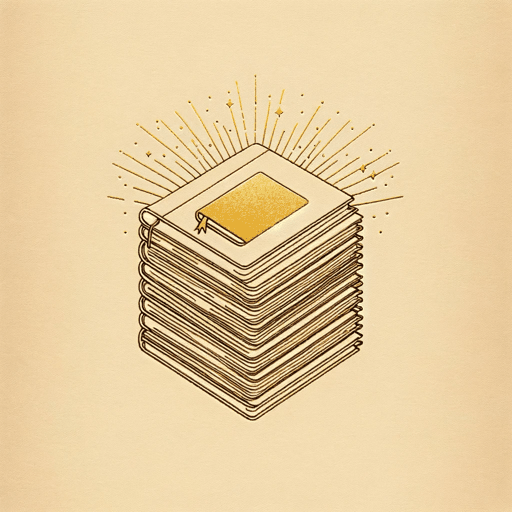68 pages • 2 hours read
Doris LessingThe Golden Notebook
Fiction | Novel | Adult | Published in 1962A modern alternative to SparkNotes and CliffsNotes, SuperSummary offers high-quality Study Guides with detailed chapter summaries and analysis of major themes, characters, and more.
Background
Socio-Historical Context: The Pervasiveness of War
Lessing was born during World War I—her father was a veteran whose leg was amputated; her mother was his nurse—who lived through World War II, as well as the many wars which followed, including the Cold War. The Golden Notebook itself is intimately concerned with war and its aftermath, particularly World War II. Following the author’s lead, this guide refers to World War II as “the war,” a convention that illustrates how all-encompassing “the war” was for those who lived through it. Molly’s house, in Free Women, had been “laid open by a bomb towards the end of the war” (47), and Anna’s newspaper clippings—which she pastes in her notebooks and pins to the walls of her rooms—almost all have to do with war.
This, in part, explains Anna’s (and, concomitantly, Lessing’s) commitment to communism: At the time, embracing communism was a way of opposing the fascism of Hitler’s Germany or Mussolini’s Italy. Unfortunately, the excesses of Stalin’s Soviet Union eroded the faith that communism might be a corrective to the corrupting powers of history. Anna’s political disillusionment is linked directly to the revelations about Stalin’s unprecedented abuses of power.
The Cold War also features prominently. In 1950s England, where most of the novel is set, Anna and her group become suspect because of their communist sympathies: “Of course all the discussion clubs, groups, etc.
Related Titles
By Doris Lessing

A Woman on a Roof
Doris Lessing

Briefing for a Descent Into Hell
Doris Lessing

Martha Quest
Doris Lessing

No Witchcraft for Sale
Doris Lessing

Prisons We Choose to Live Inside
Doris Lessing

The Fifth Child
Doris Lessing

The Grass is Singing
Doris Lessing

Through the Tunnel
Doris Lessing

To Room Nineteen
Doris Lessing
Featured Collections
Books & Literature
View Collection
British Literature
View Collection
Colonialism Unit
View Collection
Feminist Reads
View Collection
Mental Illness
View Collection
National Suicide Prevention Month
View Collection
Nobel Laureates in Literature
View Collection
Popular Study Guides
View Collection
Pride Month Reads
View Collection
Psychological Fiction
View Collection
School Book List Titles
View Collection
The Best of "Best Book" Lists
View Collection

